BMW might be known for their straight-six engines, but their history is just as rich with anything “V” related. Now, thanks to the upcoming electric-carpocolypse, BMW recently decided to kill its V-12 in the 7 Series. But V-12s are special, and I grab an E38 7 Series to explain why.
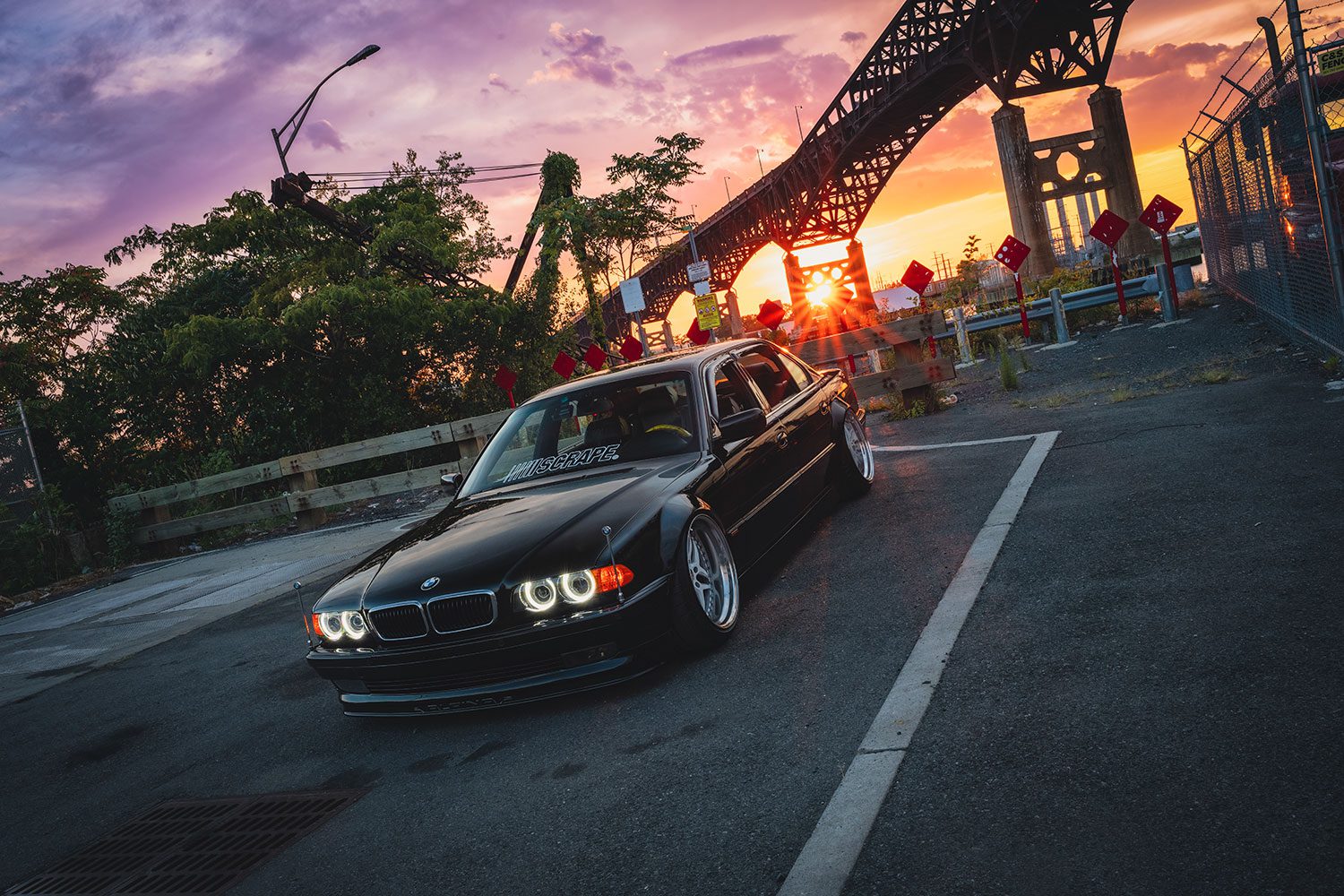

The mighty (e38) 7 Series
Before we get into the engine, we should look at what it’s put into, mainly BMW’s flagship 7 Series. Though BMW’s top engine was available in the first generation of the 8 Series Coupe and McLaren’s famous F1, it’s mostly known for its work in the 7.
This E38 was BMW’s best-driving 7 made to date, and had some firsts (and lasts):
- The first European car with sat nav
- First BMW with a built-in TV
- The last with a manual available, though the V-12 only came with a 5-speed auto
The US received only the long wheelbase version, dubbed 750iL (L for long, not love), and was produced from 1994 until 2001. It might just be one of BMW’s best-looking cars, but it was replaced with one of its worst, the E65 7 Series. We’ll skip over that.


What makes a V-12 special?
The generation of 7 before the E38, the E32 from 1986, was the first to have a V-12 in it, and in fact was the first German car equipped with one since World War 2. But what makes a V-12 so unique?
To find the answer, we actually have to look at why BMW uses a straight-6 as its popular engine: balance. Engine balance simply refers to the way the motions of the engine, namely the piston stroke, can sometimes cause vibrations and shakes. Imagine holding a 5 pound weight in each arm and pumping your arms up and down. Do it at the same rate, and your body won’t really move. But pump your arms up and down at different speeds, and your body acts as the counterbalance. Headaches ensue.
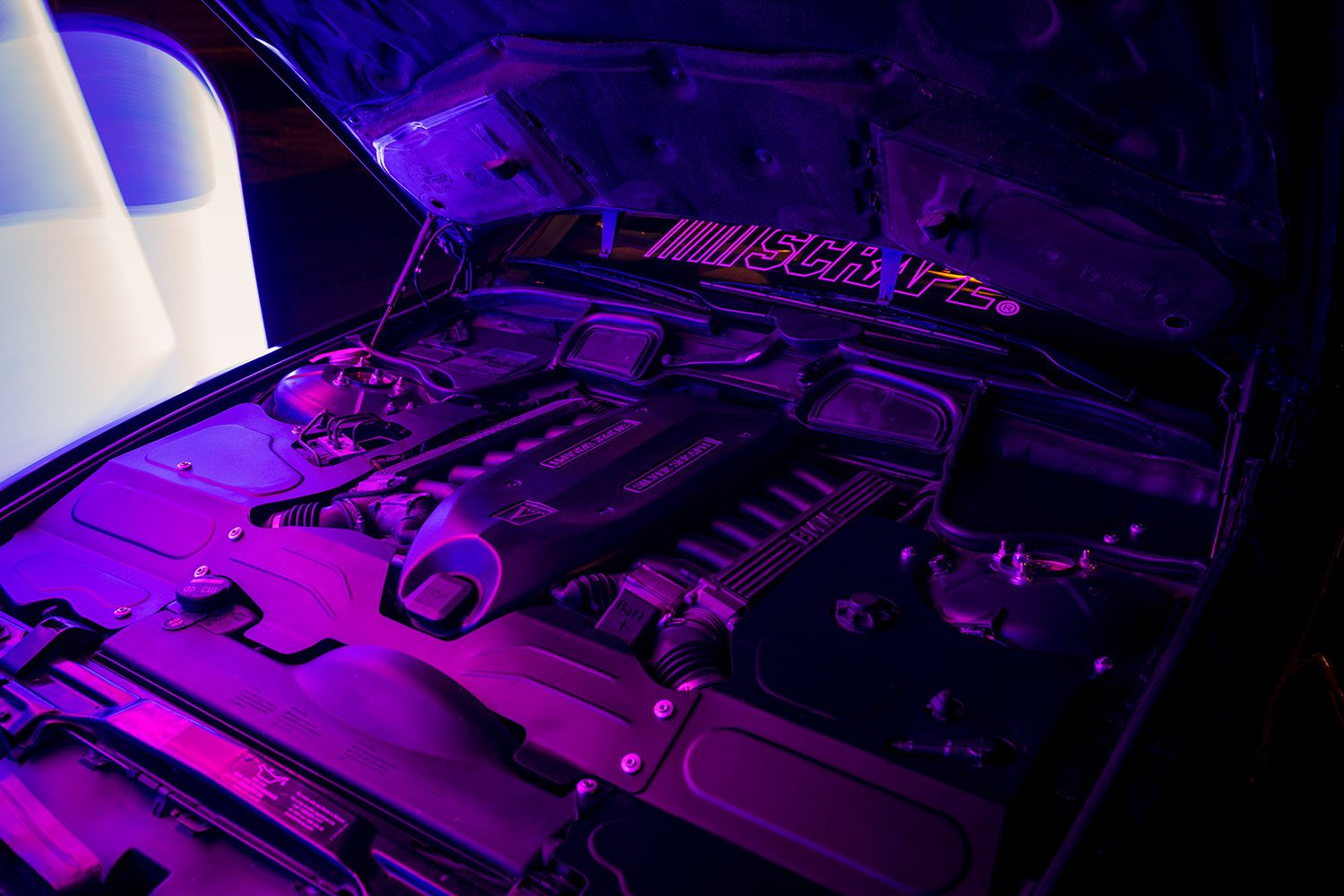

A straight-six engine basically counteracts its own movements with its piston strokes, resulting in a very well balanced engine. Most engines, especially inline-fours, aren’t naturally balanced this way, and thus need balance shafts to help keep everything calm.
V-12s are essentially two straight-six engines tied together with a 60-degree bank at the crank shaft. They also have at least three cylinders on a power stroke at all times, resulting in much smoother power delivery. Silky smooth, like conditioned hair.
The exhaust note is unique. It’s not as rowdy or lumpy as a V-8, but comes with its own unique voice that’s deep yet subdued. Sounds exotic, because it is.
This V-12 was also placed in the Rolls Royce Silver Seraph of the time, a fact which the owner nods to with an RR engine cover.
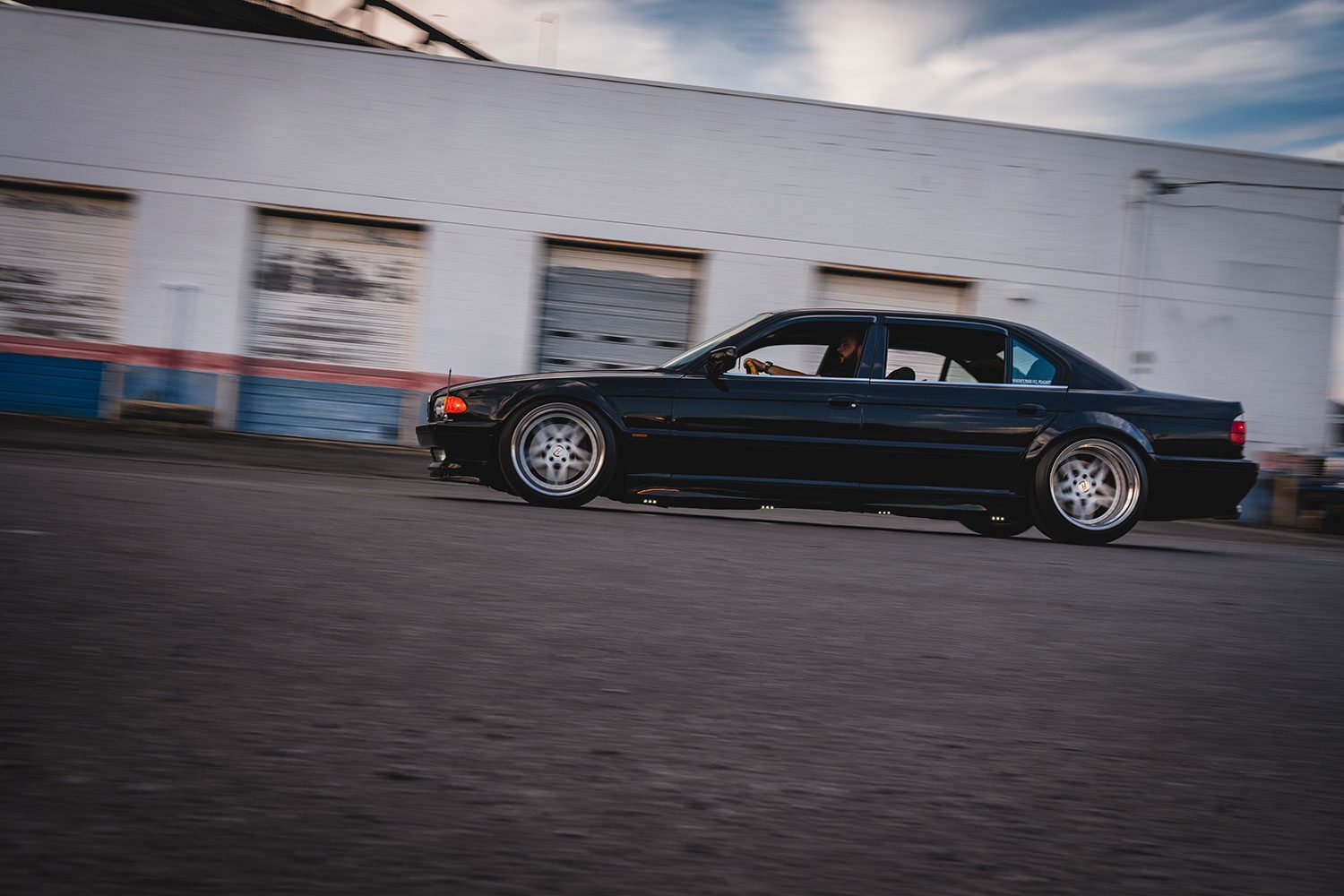

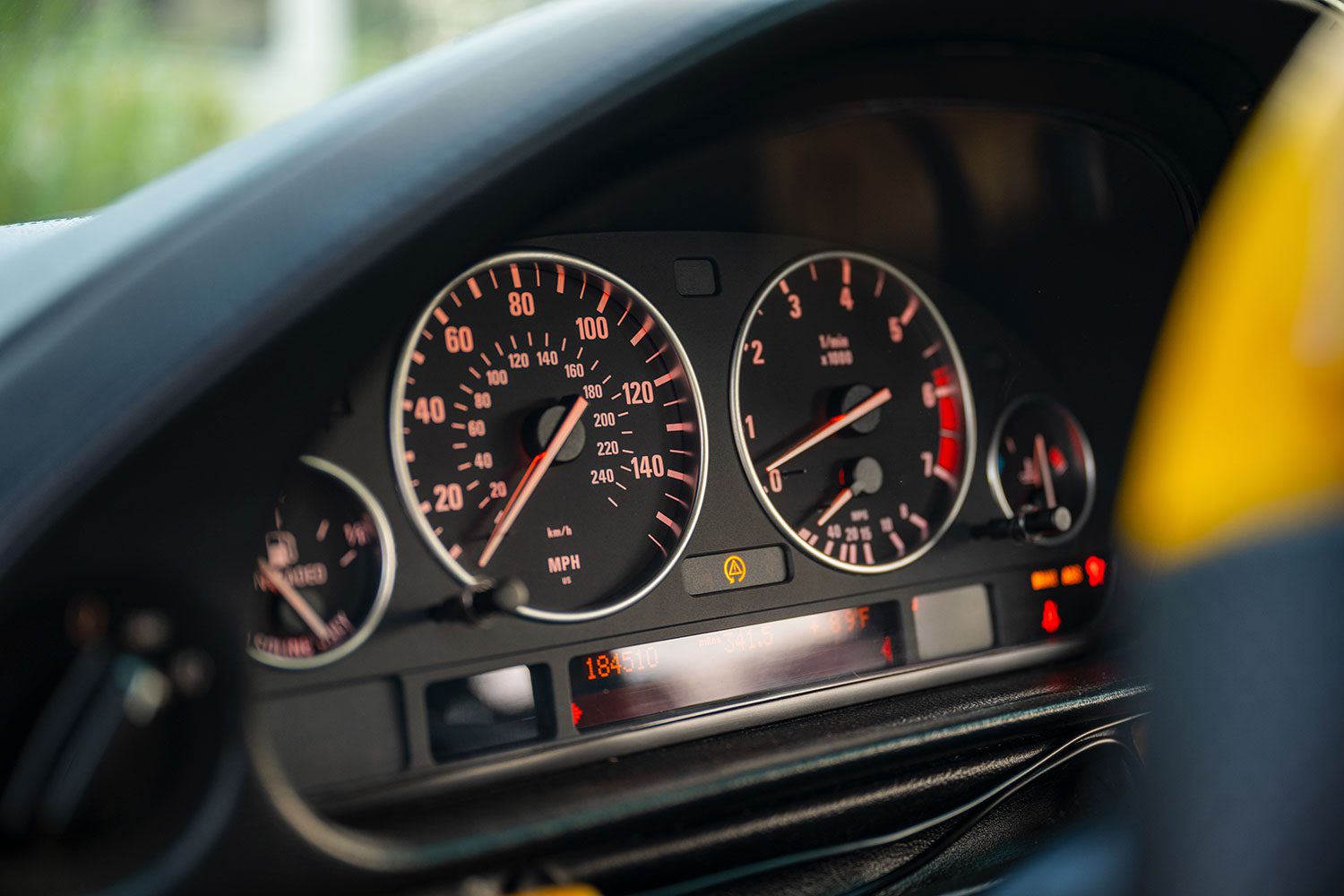

Why did BMW kill the V-12?
No matter how smooth the engine might be, a battery will be smoother. You probably knew that, but there’s also another reason; the V-8.
Hop in a modern BMW M5, and you’ll be amazed at how smooth. powerful and seamless its V-8 is. Horsepower in the M5: 617. In the modern M760i with a V-12: 603.
You don’t need to look very far into the lineup for further evidence of that; the Alpina B7 utilizes a twin-turbo V-8, not the 12 cylinder available in the M760. There is no more luxurious ride available in the BMW showroom.
Tech time out
BMW’s V-12s have never really been at the forefront of technology. The M73 you see here has but a single cam-driven valve head (SOHC) as oppose to the dual overhead cams that were already popular at the time. Power? Enough to get you movin’, with 322 horses on tap. Despite the fact that BMW expects you to sort of waft around in this car, the power band is short (peak power is 5,000 rpm, peak torque is 3,900), so you’ve got to rev it a bit to get going. Redline is at 5,800, but without a stick, it matters not.
Overall, this is a fun ride. Your chauffeur would be smiling.
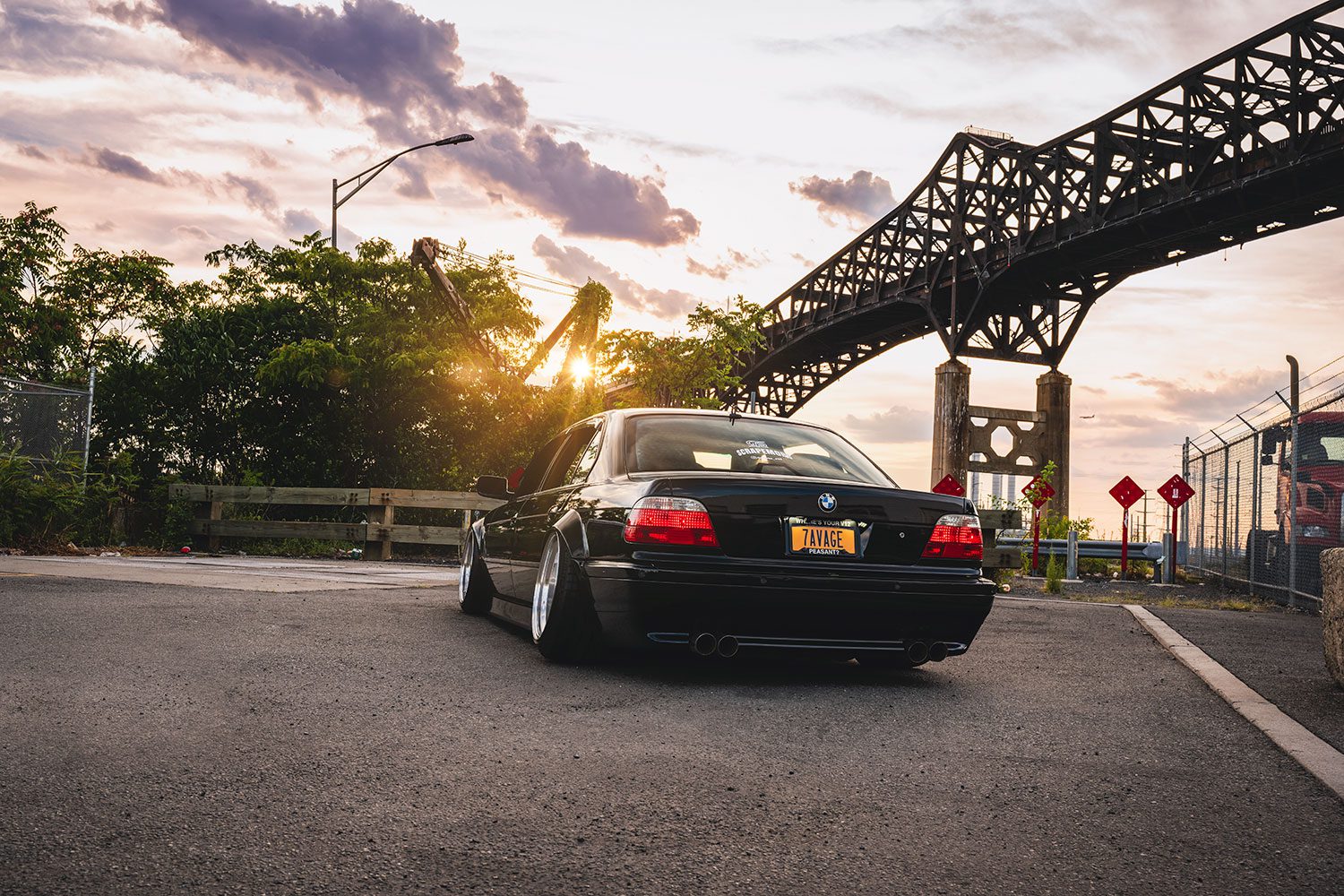

This 2000 BMW 750iL
America and Europe are admittedly very different markets, so BMW saw fit to leave a few items off the menu for its American version of the E38 7 Series.
However, this one fixes some of that by adding it back in. How fun are OEM BMW picnic tables, an old-school center console mounted phone, and a special B-pillar mounted umbrella holder.
There’s also a beautiful “star field” in the headliner which the owner installed himself. It’s stunning in person.
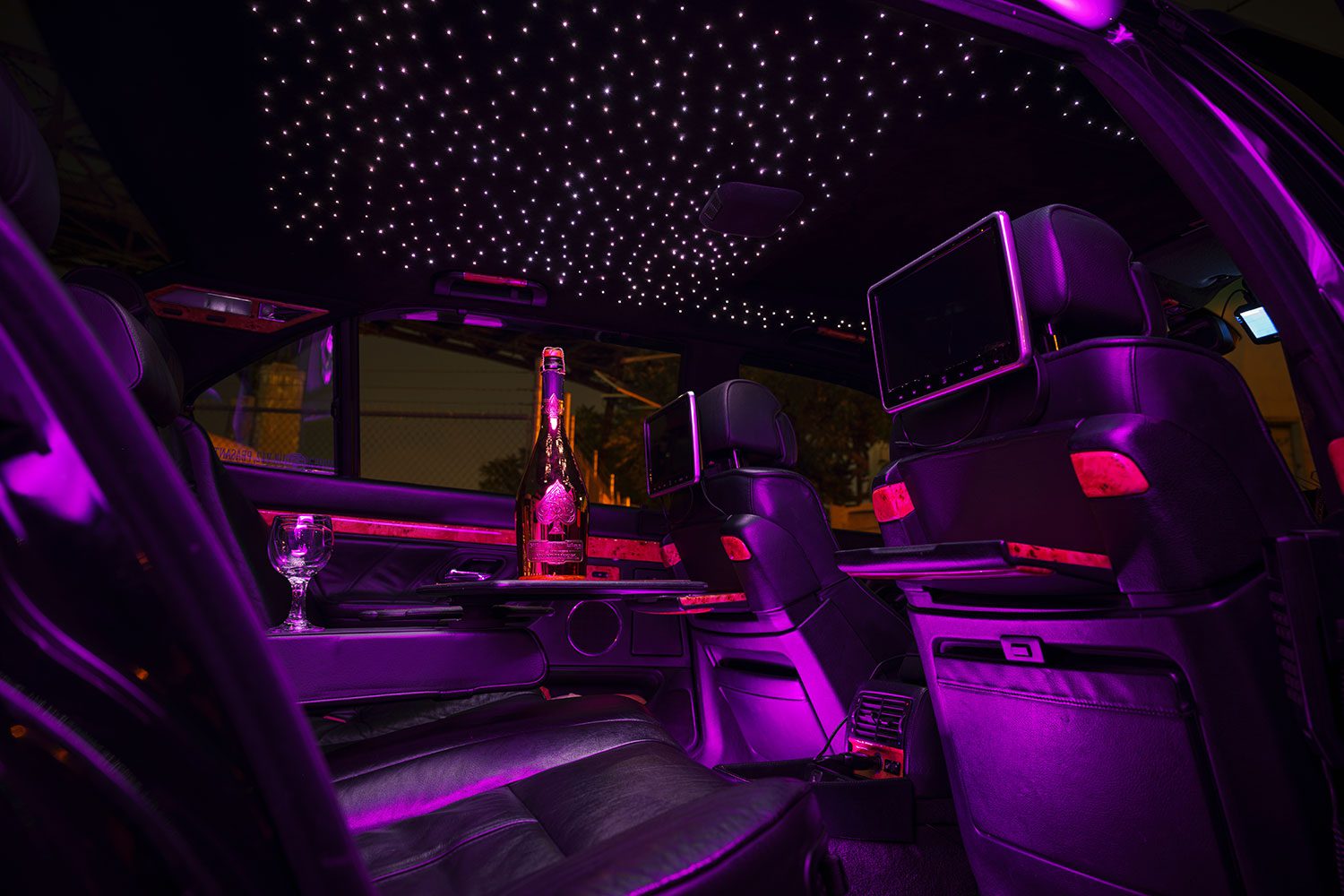

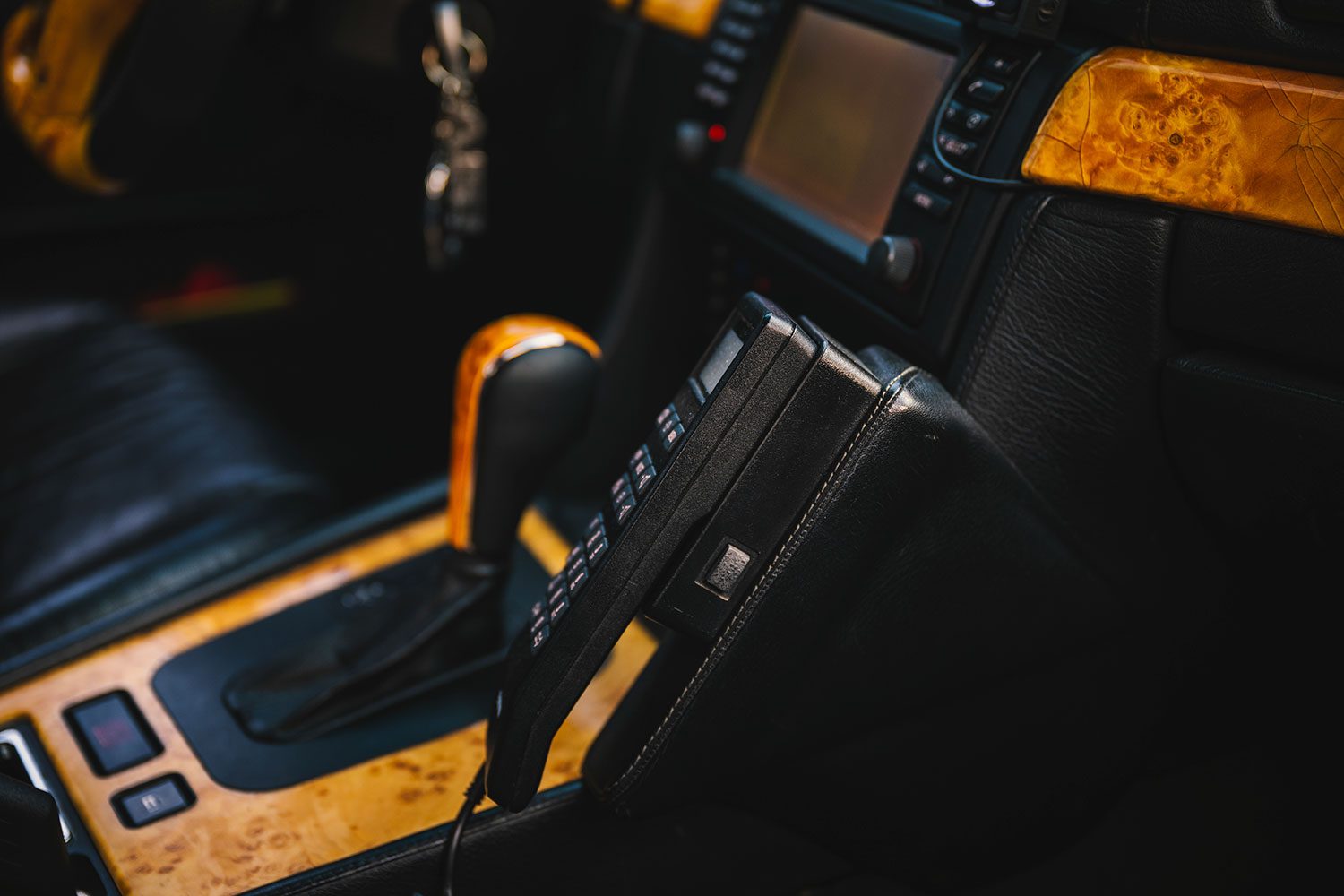

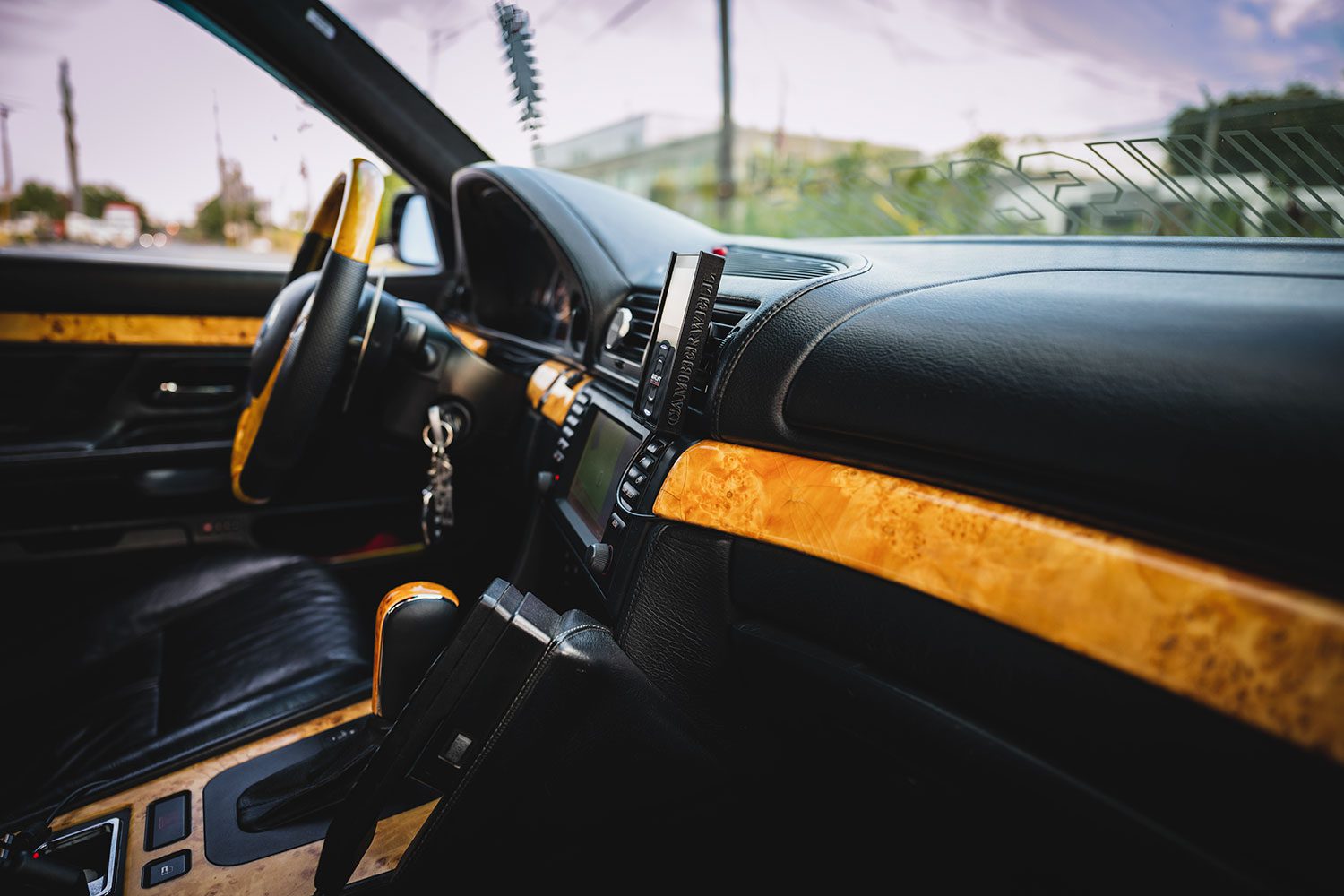

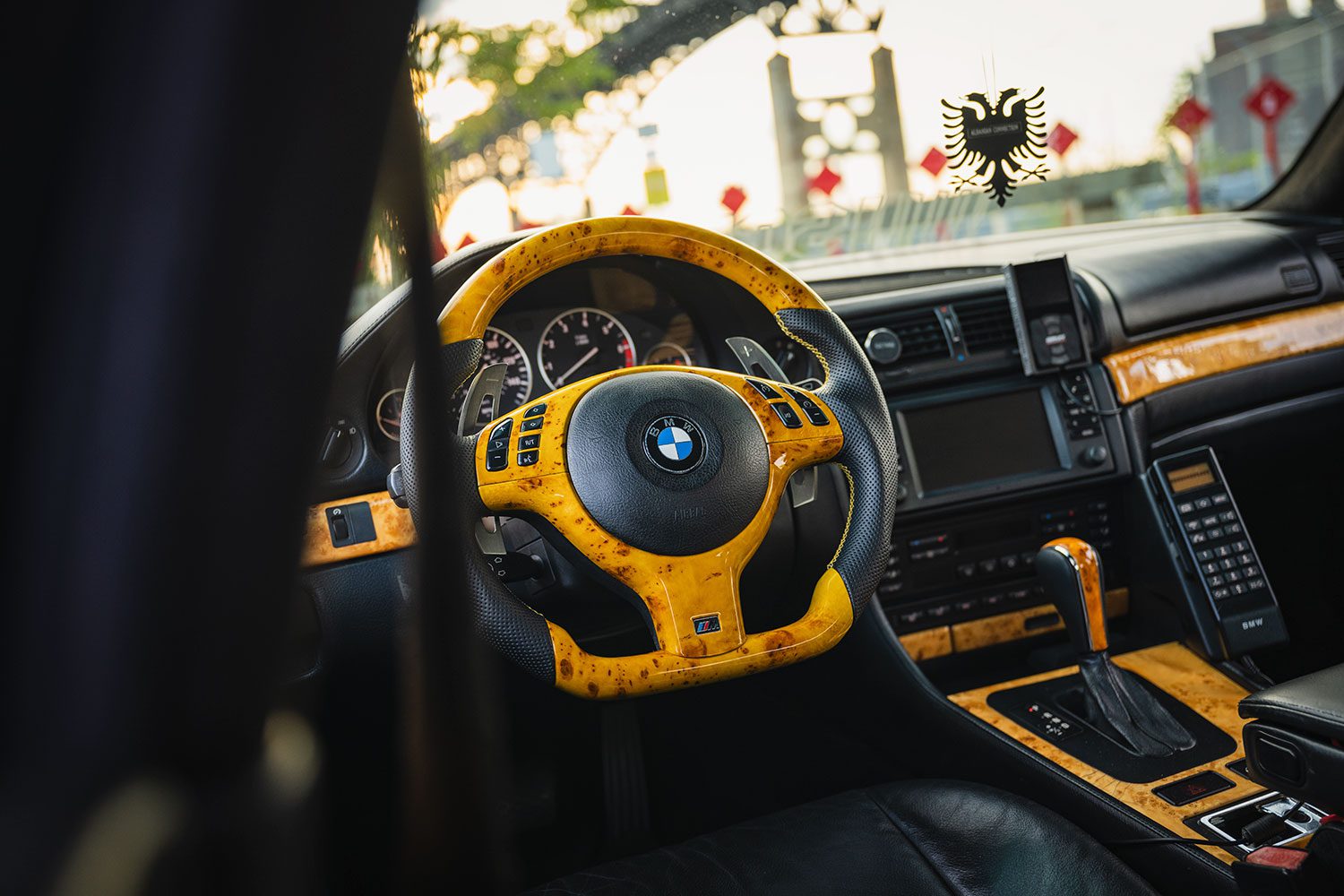

Why does the car sit like that?
Many of the mods give the car a really nice OEM+ look, but from there, we enter STANCE.
It’s a sub car culture that lowers a car so much, the top of the wheels fit into the wheel wells, along with tons of negative camber. You’ll be lucky to get out of the driveway without the help of wood boards.
But not on a car like this 7 Series. The trunk is (beautifully) fitted with air suspension tanks that allow the car to raise up for driving. When parked, Mark (the owner) can lower it until the car is basically touching the ground. To help the lowered, squat look, Mark then added a wide body kit, with larger fender flairs.
Prepare yourself, the end is near
I don’t have a crystal ball, but it’s safe to say the end of the ICE is near. The death of this V-12 is just the beginning.
Wait till Lamborghini kills the iconic engine in its flagship sports car, and Ferrari is already counting down the days until its V-12 is gone.
In their place will be a myriad of hybrid powertrains to assist what engines are left until, one day, the internal combustion engine is outlawed. The merits of which are dubious.
But let’s not dwell on that for now, because cars like this 7 are still here, and loved.
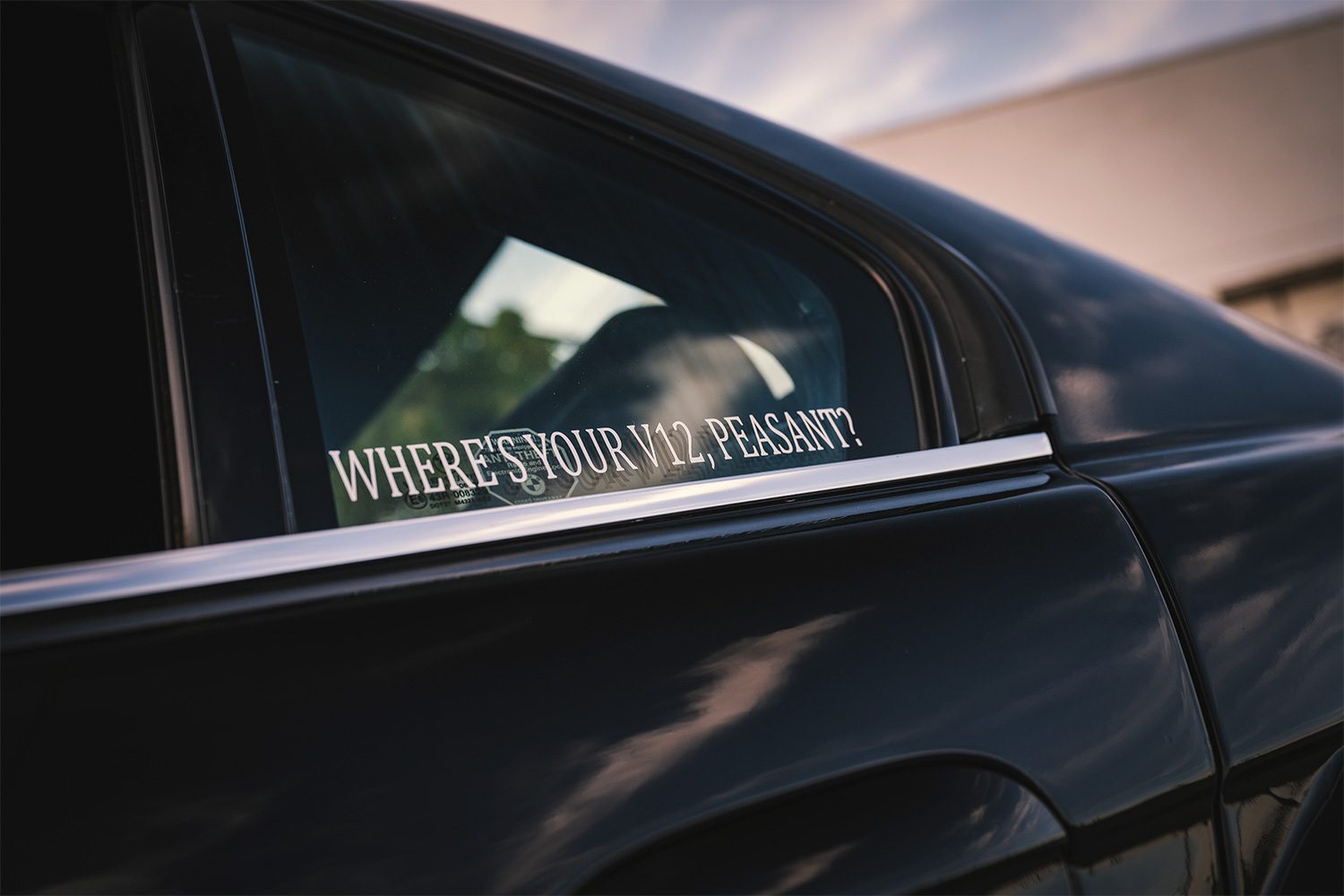

BMW E38 7 Series gallery
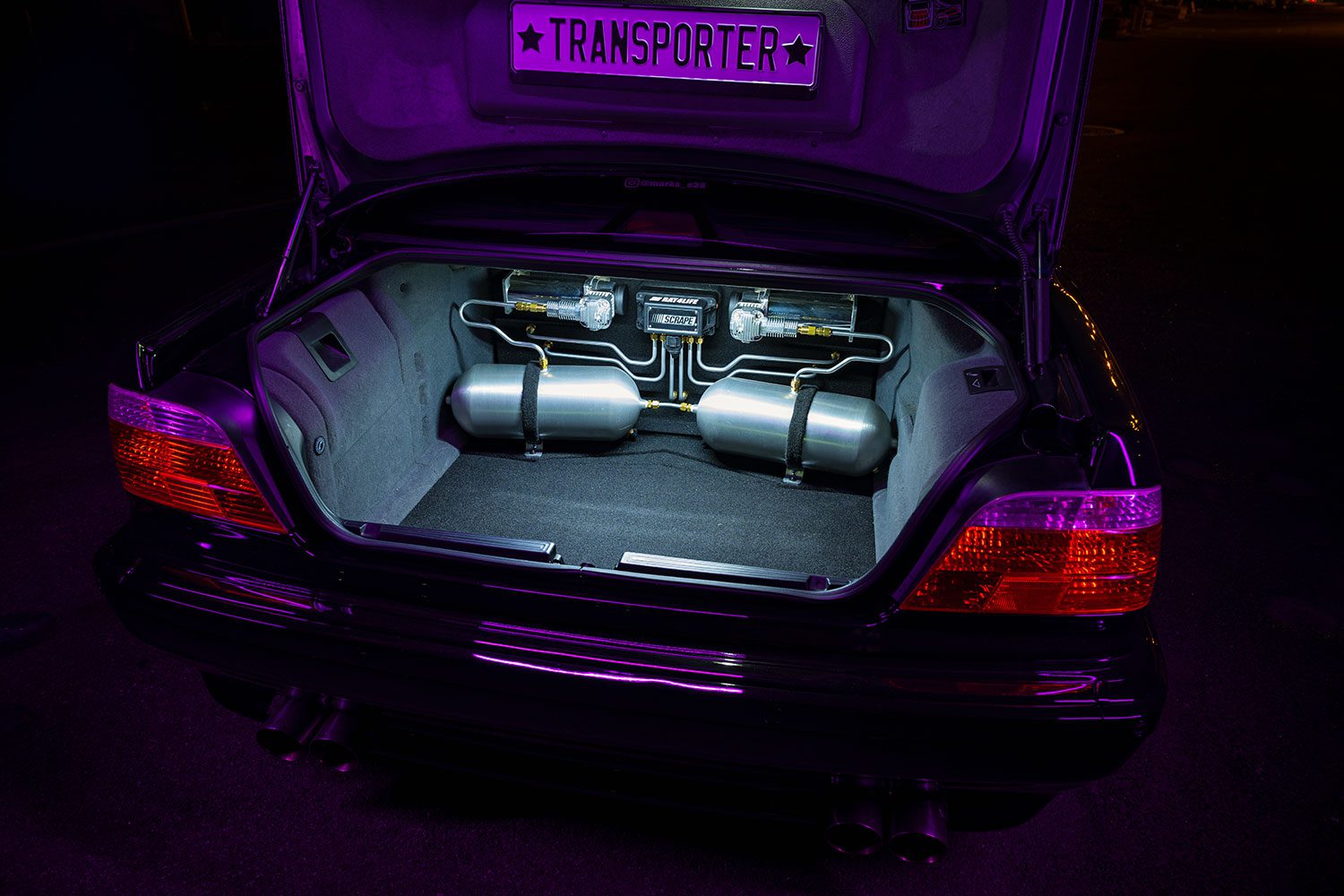

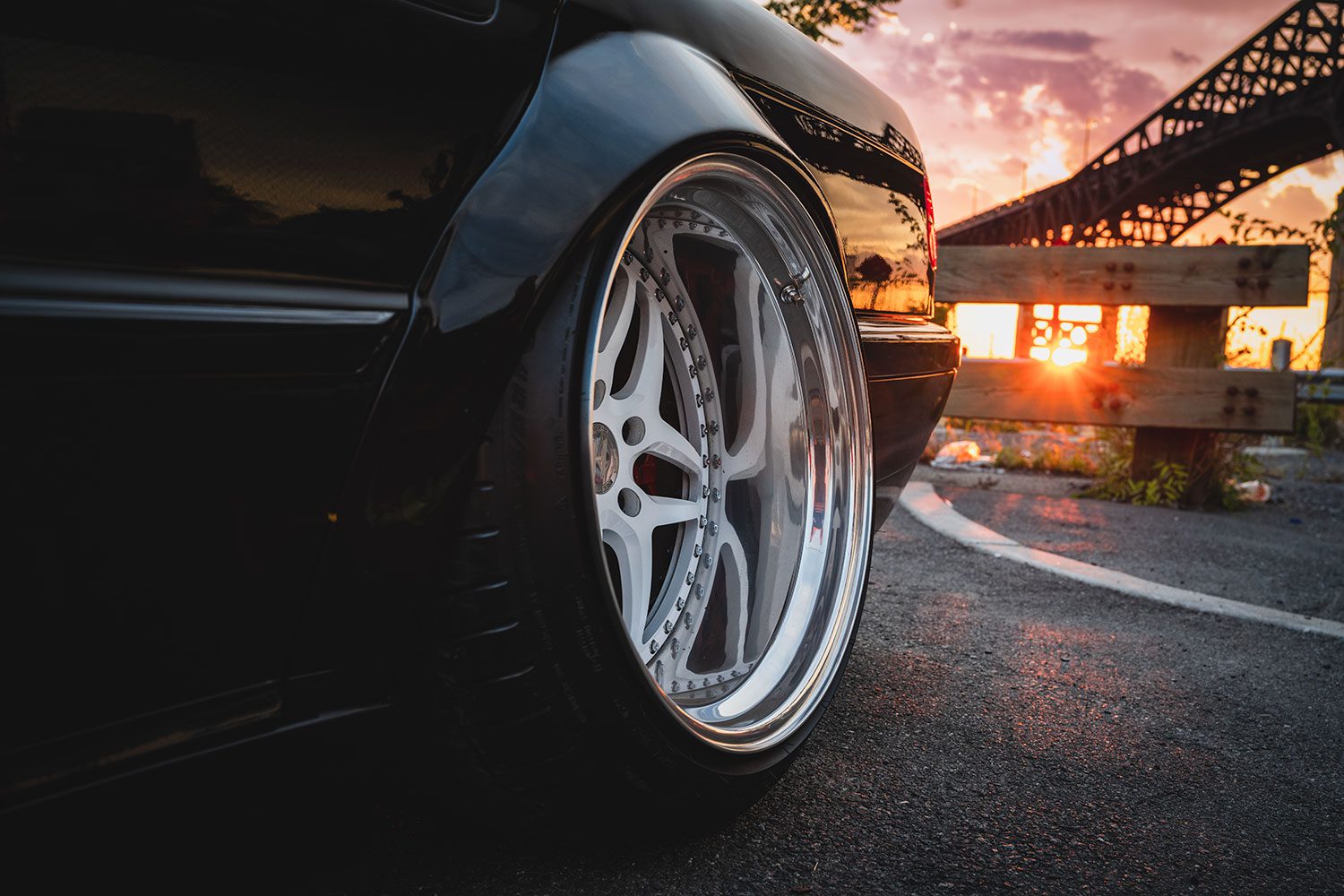

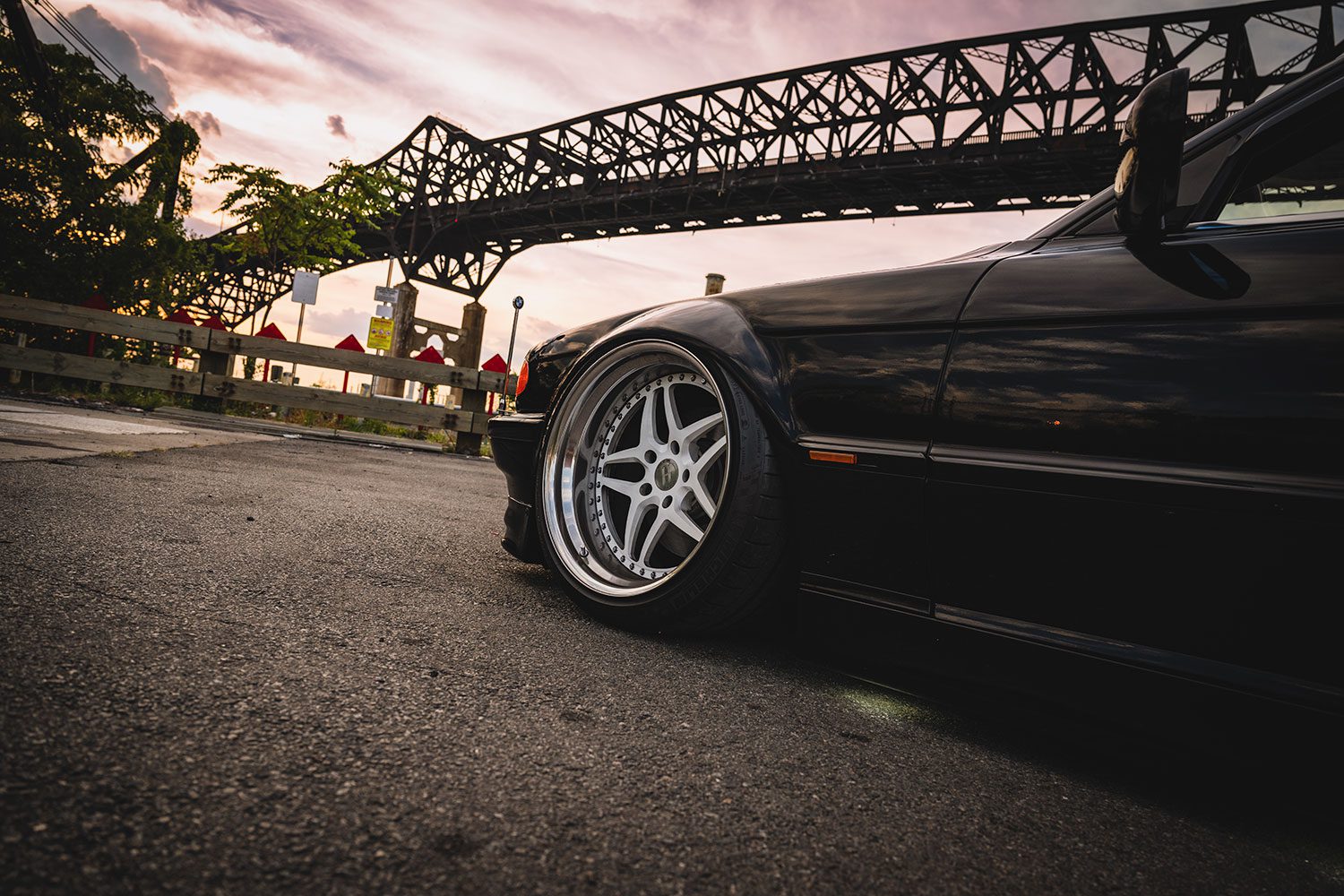



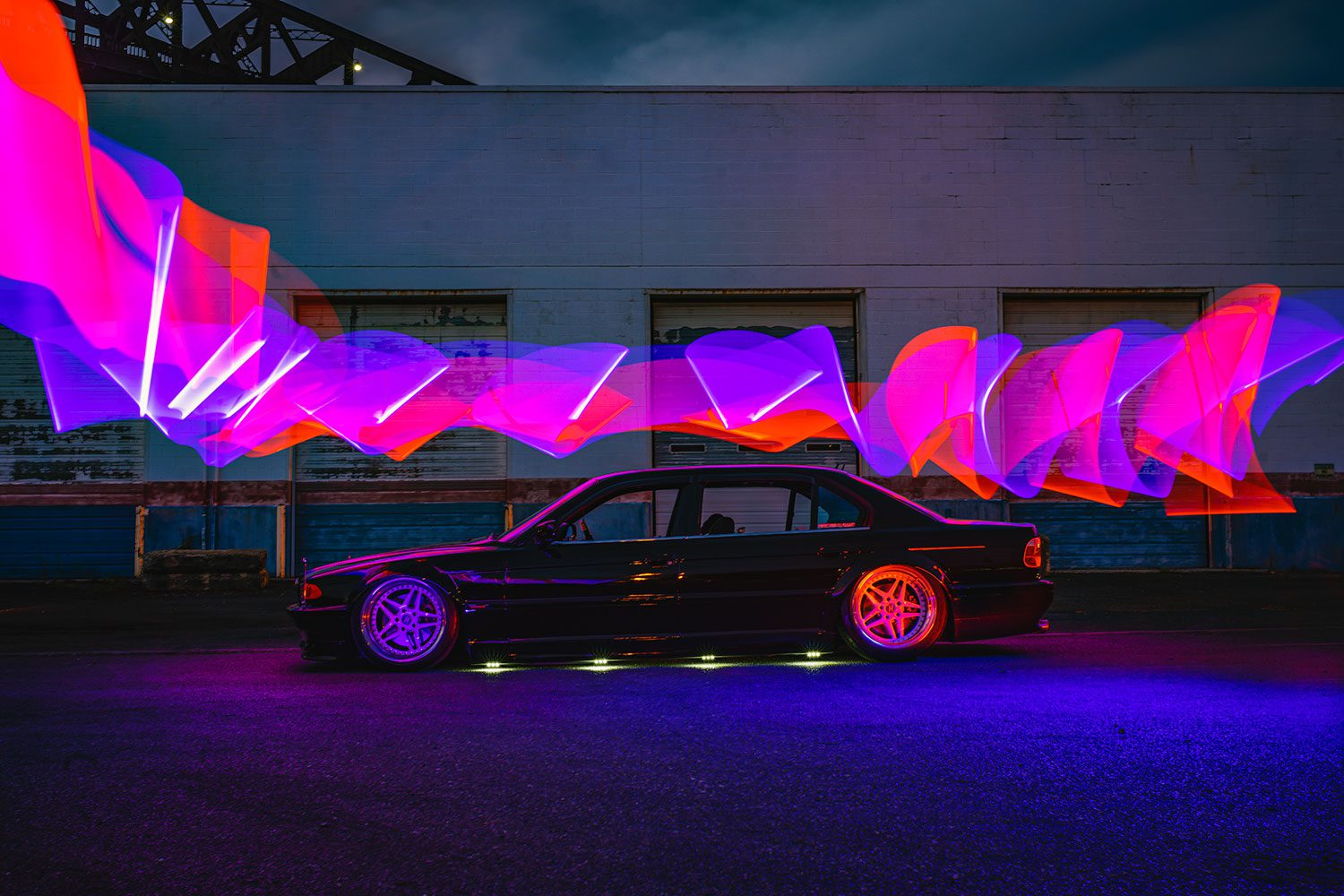

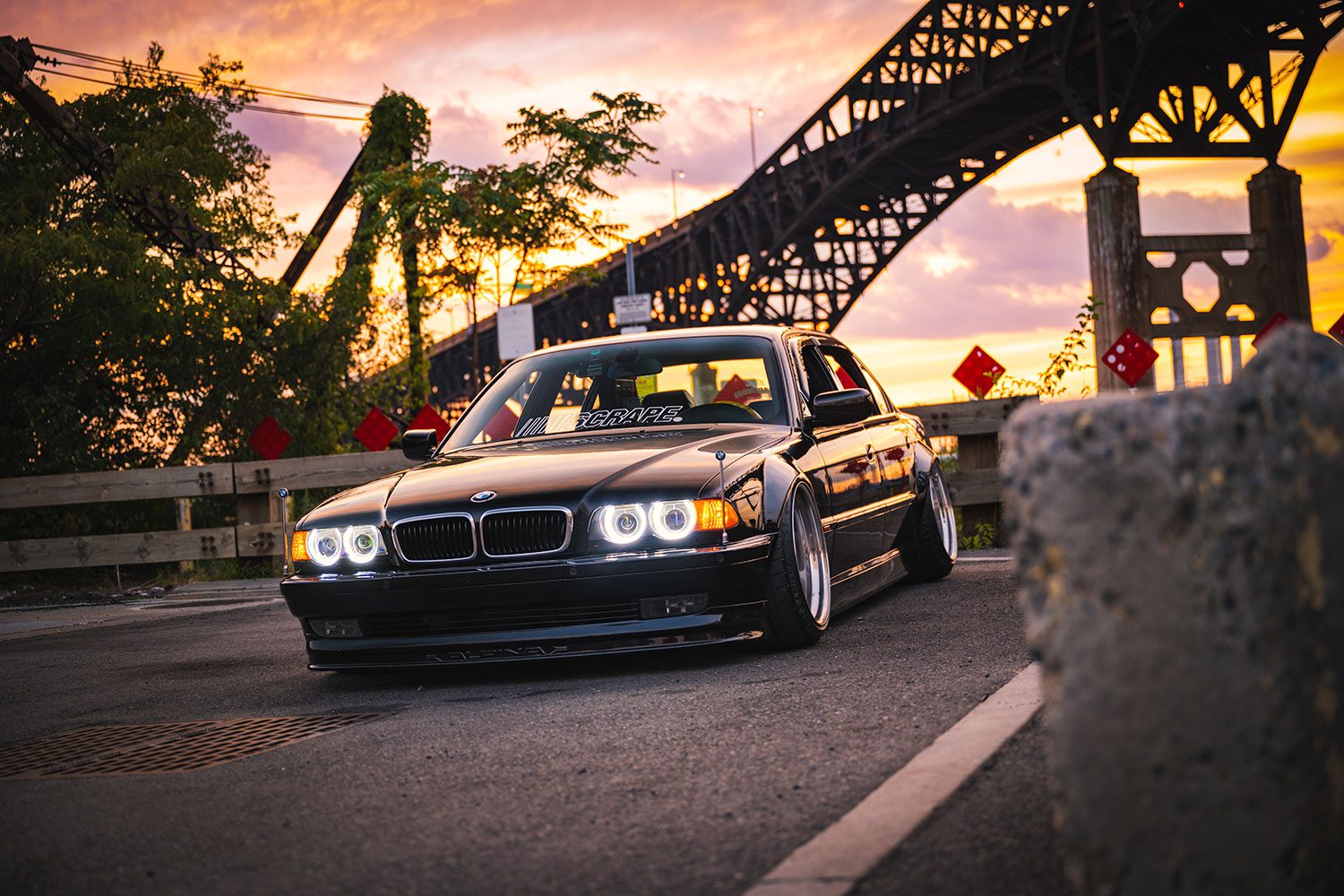

Special thanks to Mark for letting me capture his stunning 7!
Commissions may be received for product links on this site. Help out if you can.
I use Nikon camera bodies and lenses, a Westcott Ice Light 2, Manfrotto tripod, B + W filters and an iMac Pro to make the art you see here.
Email me at mike@machineswithsouls.com with any questions. Follow along on Instagram @machineswithsouls




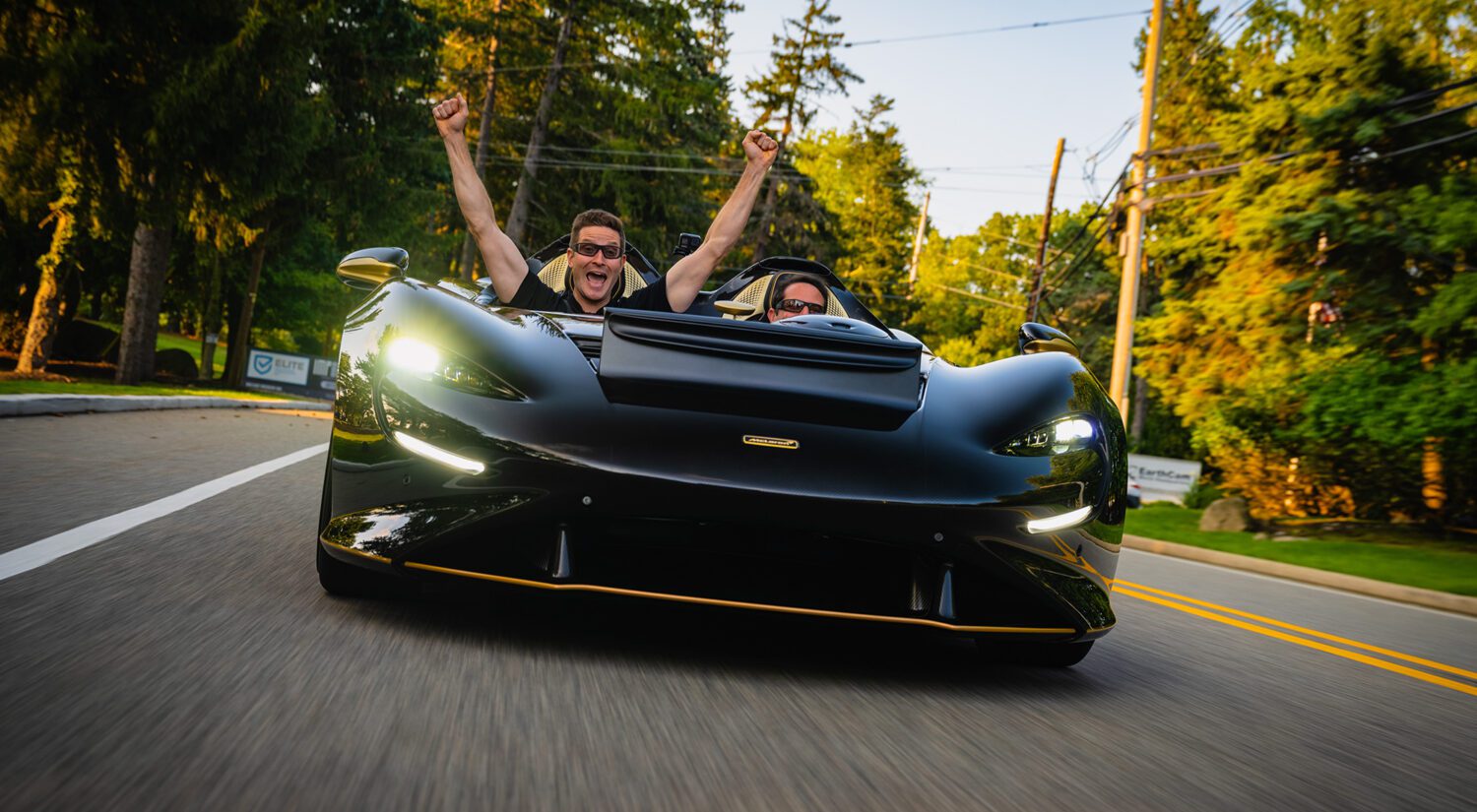
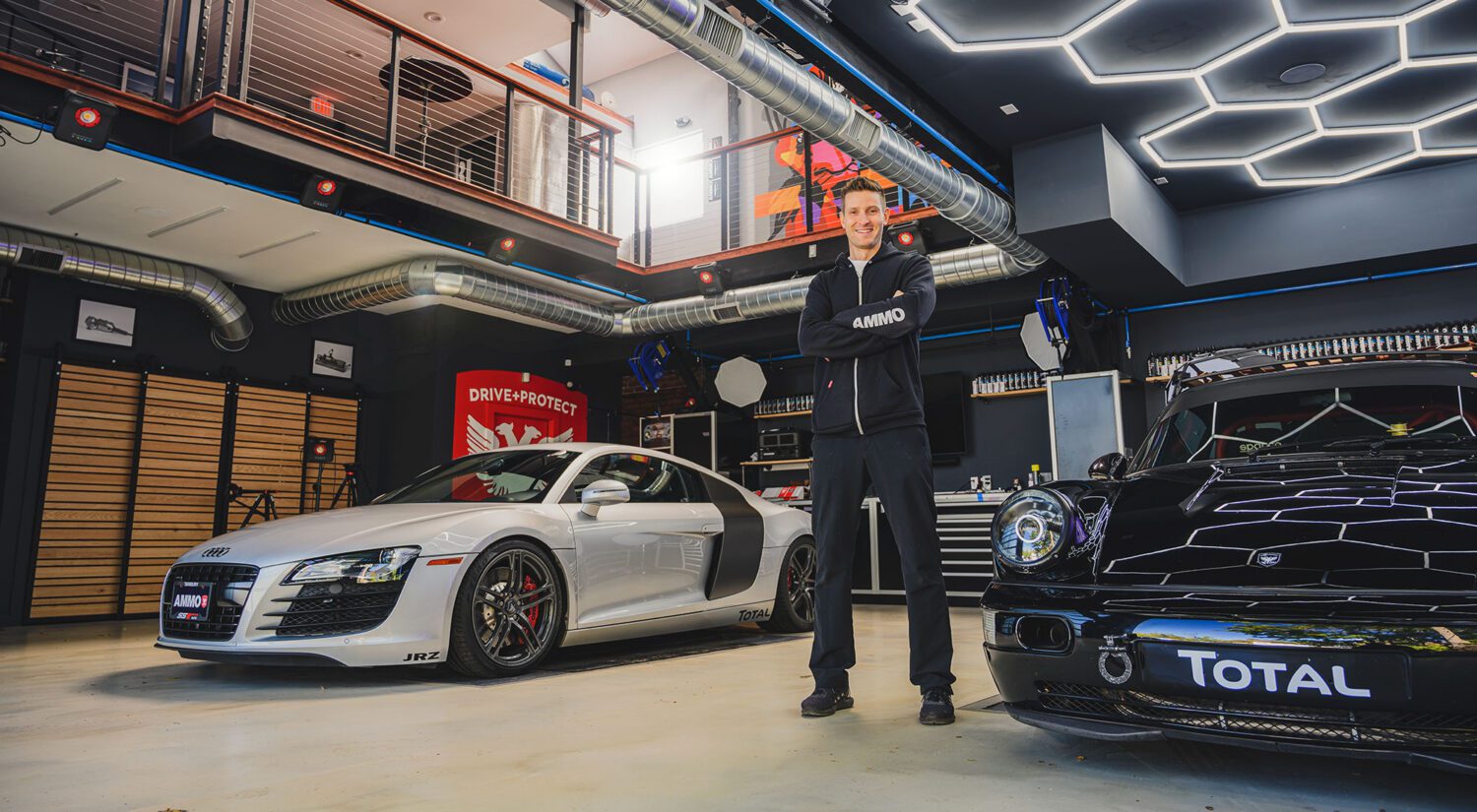
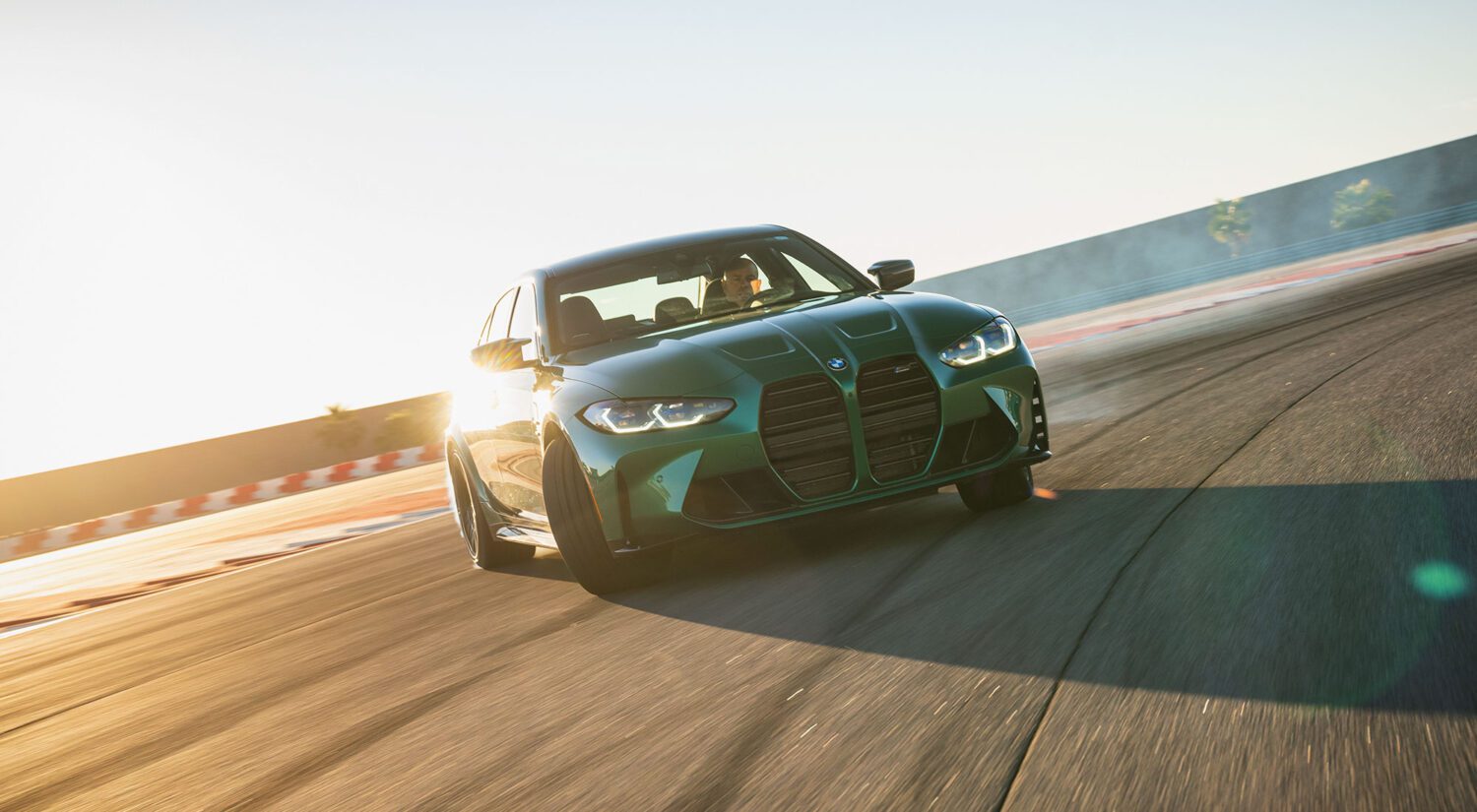
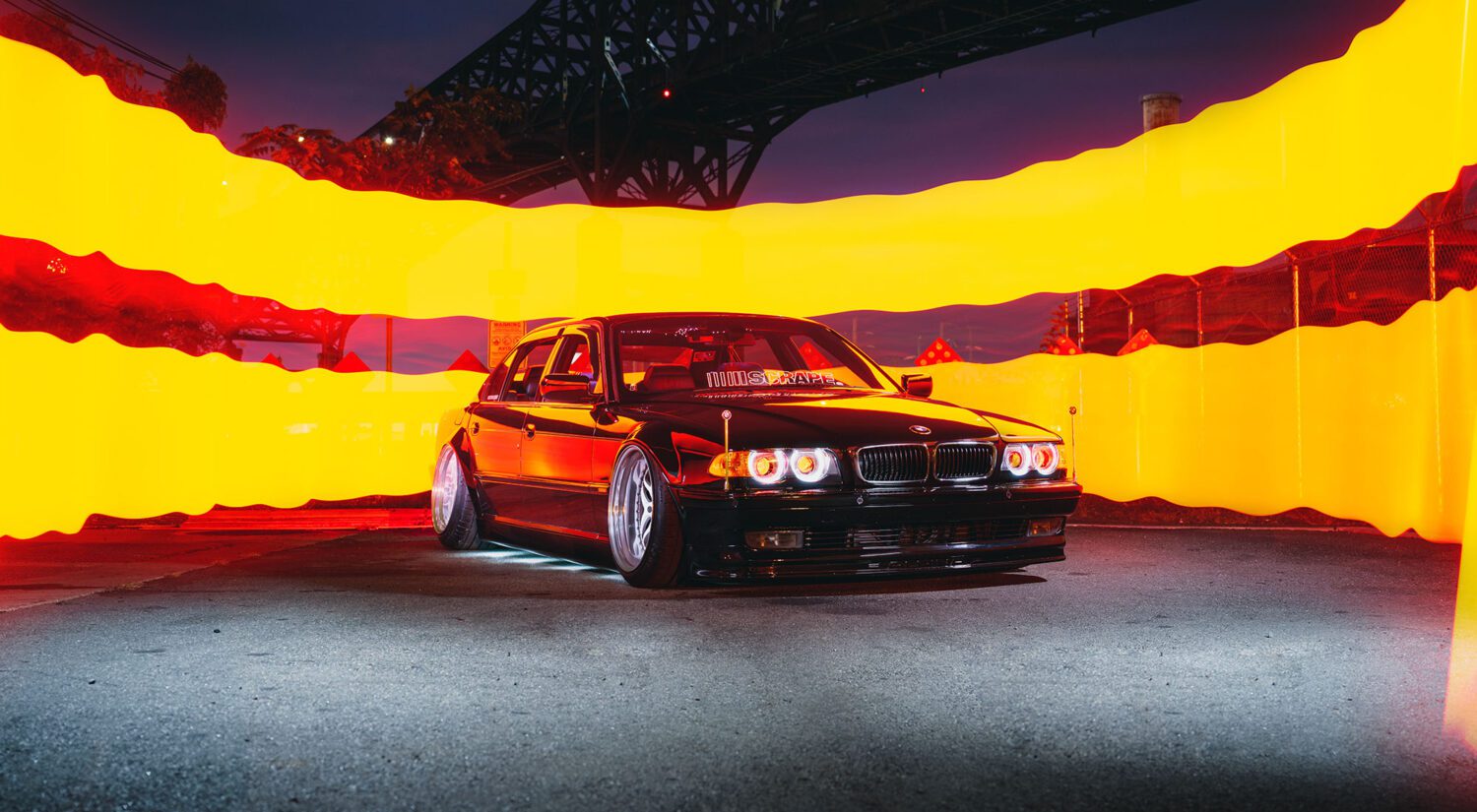

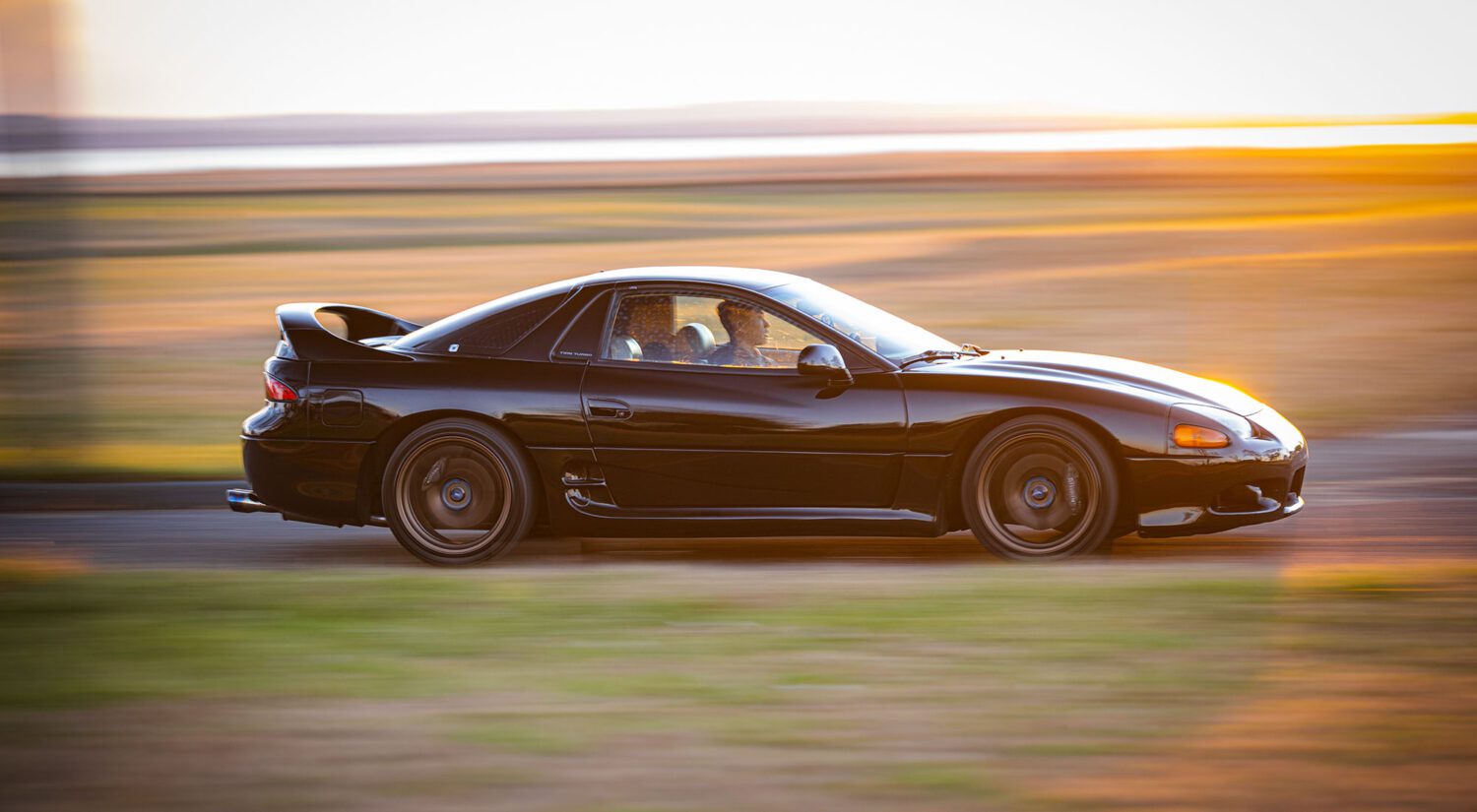
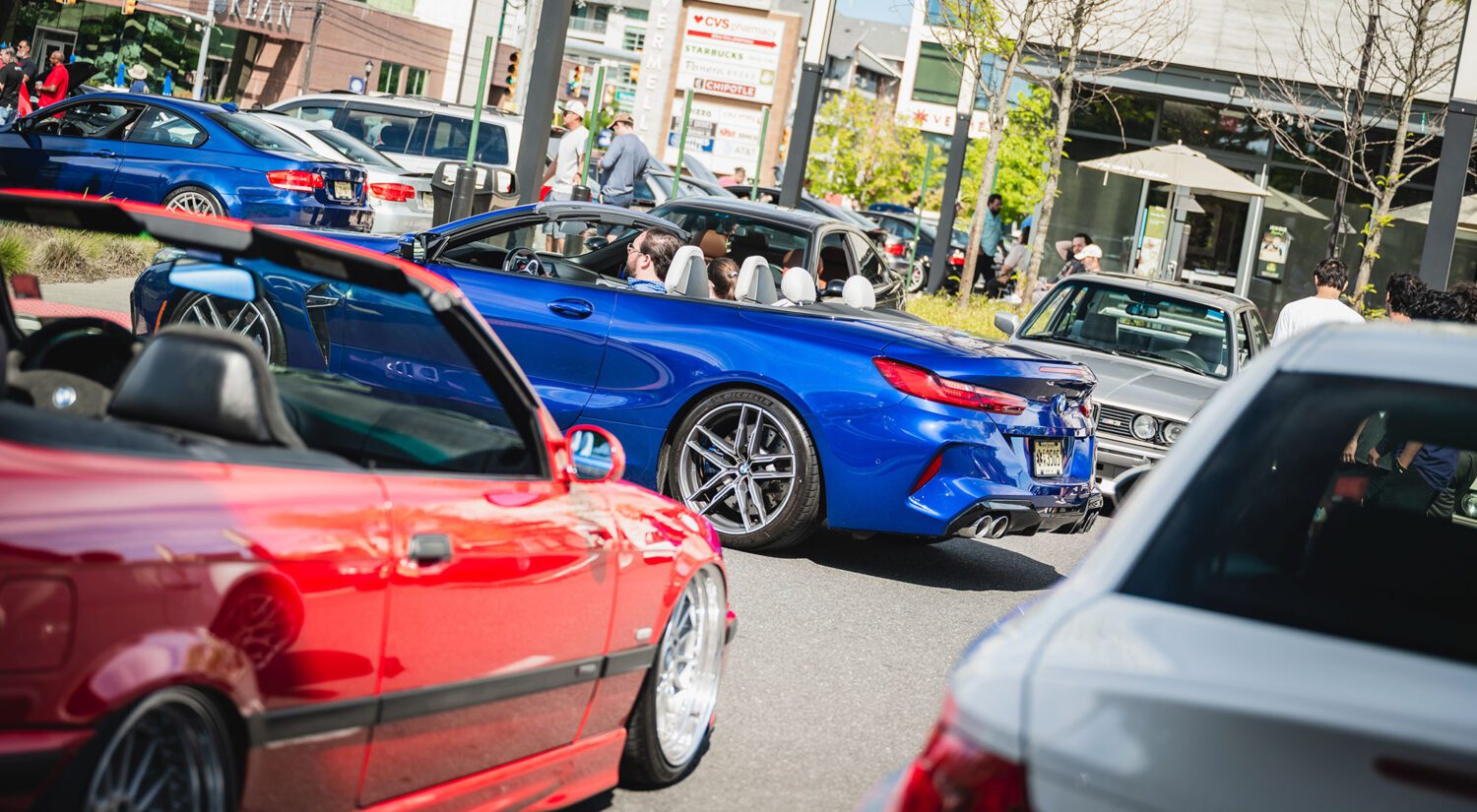
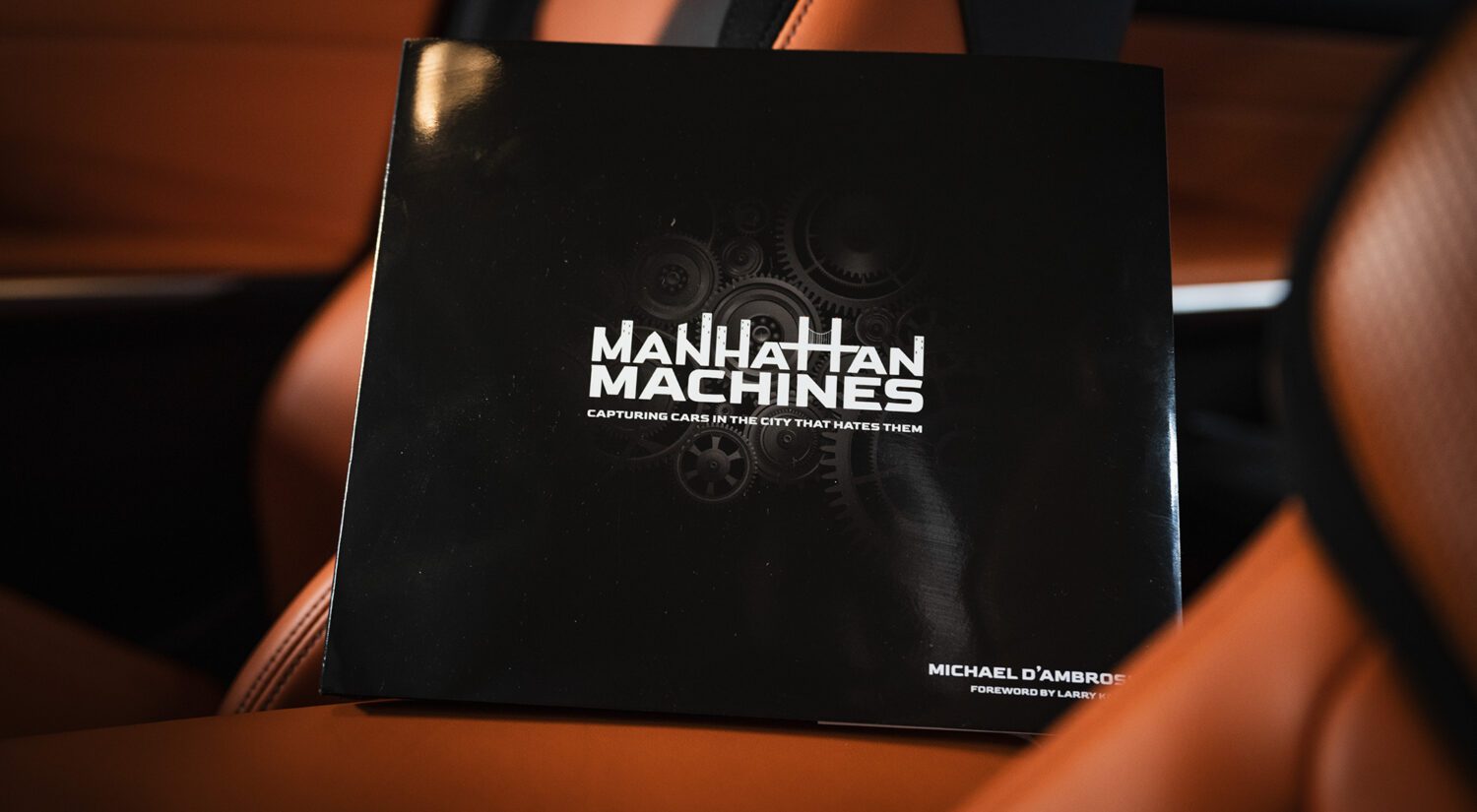
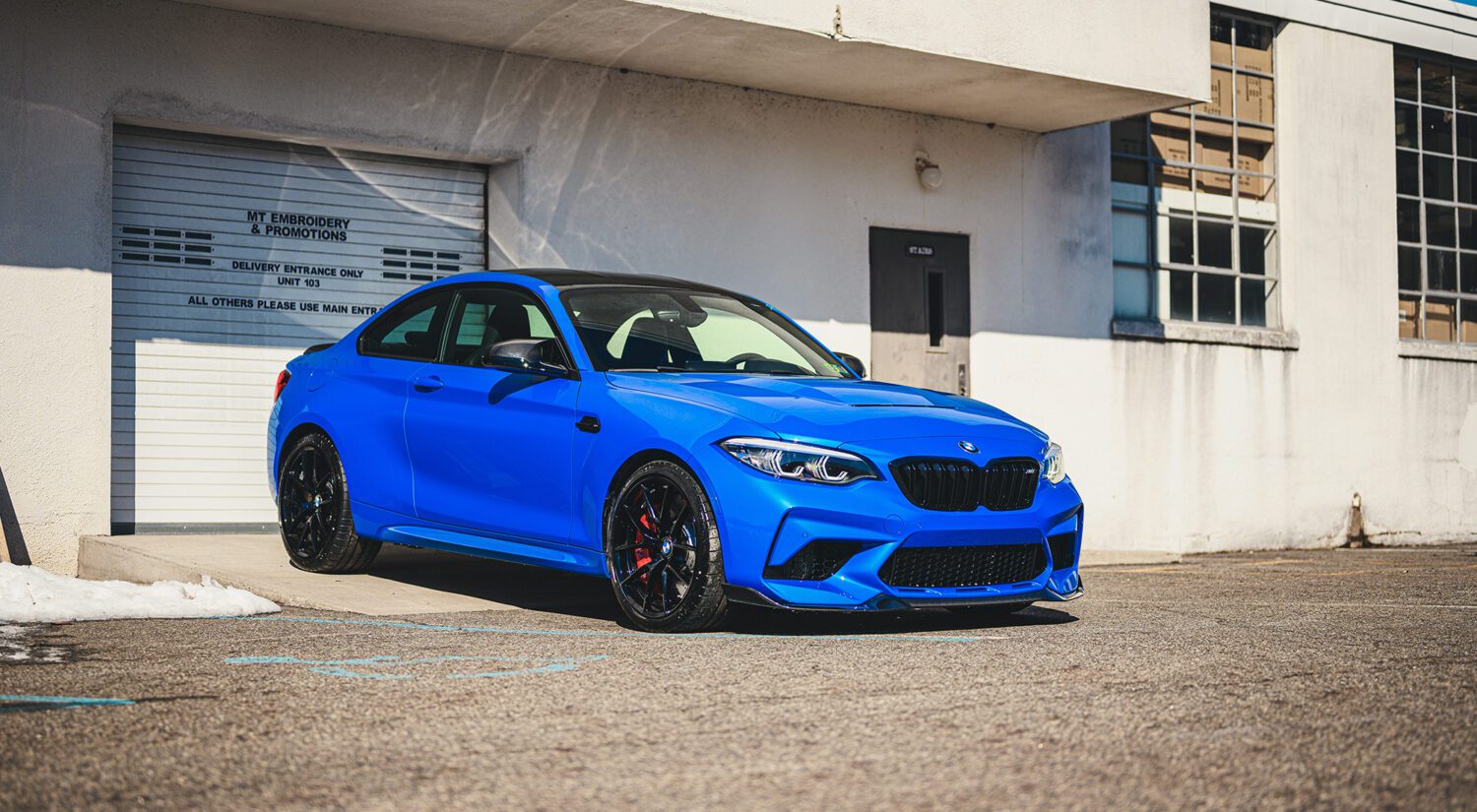
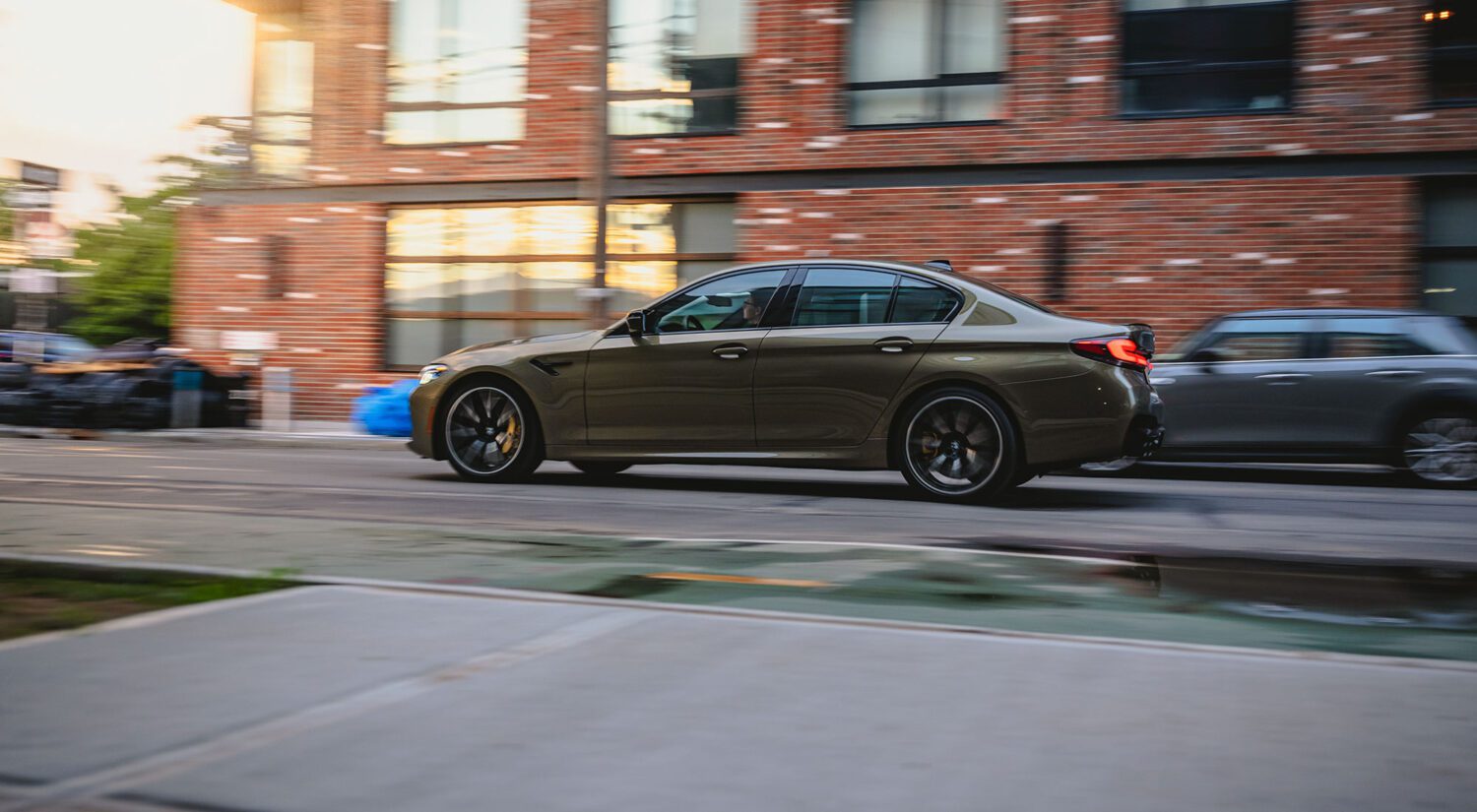
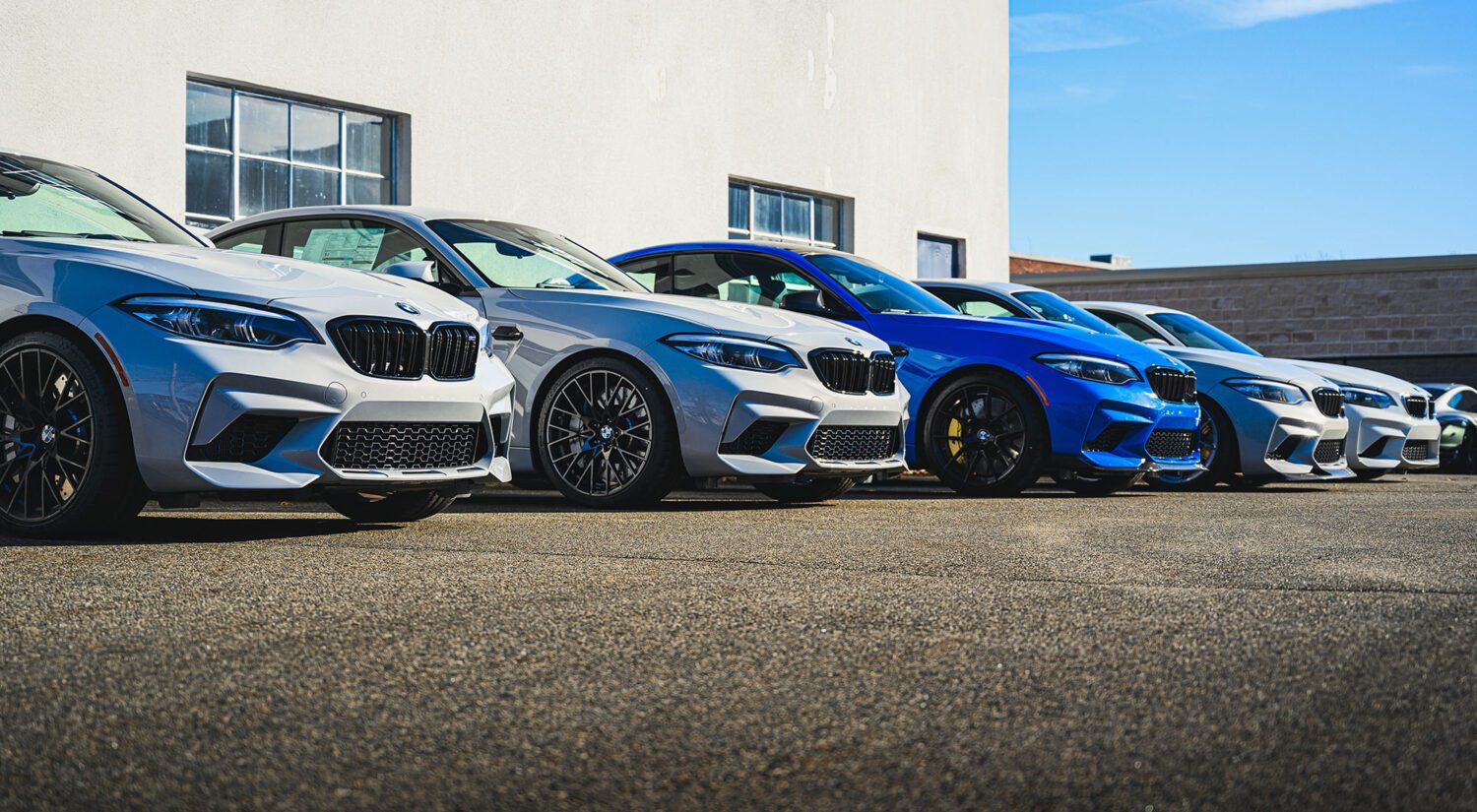

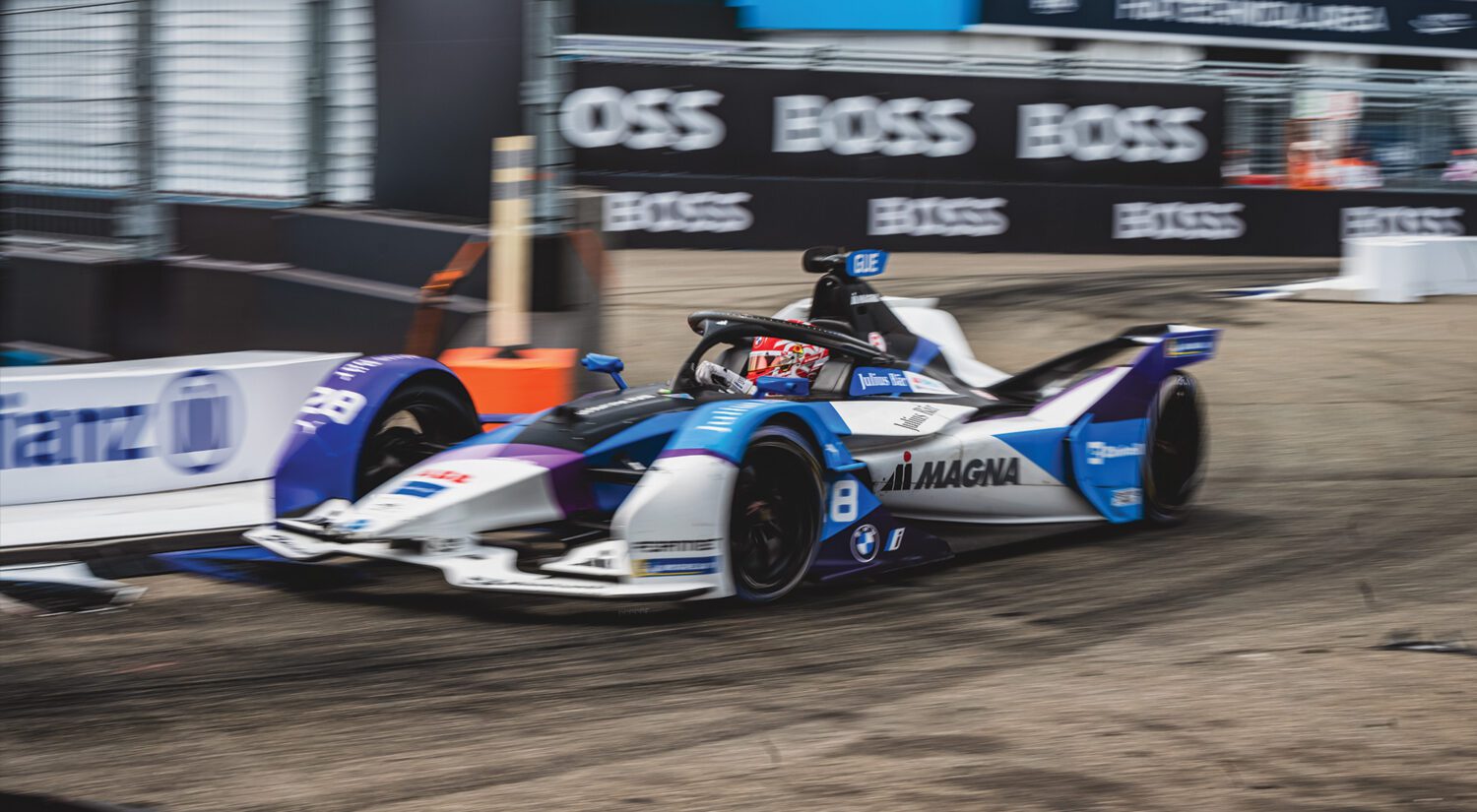
3 thoughts on “The death of BMW’s V-12”